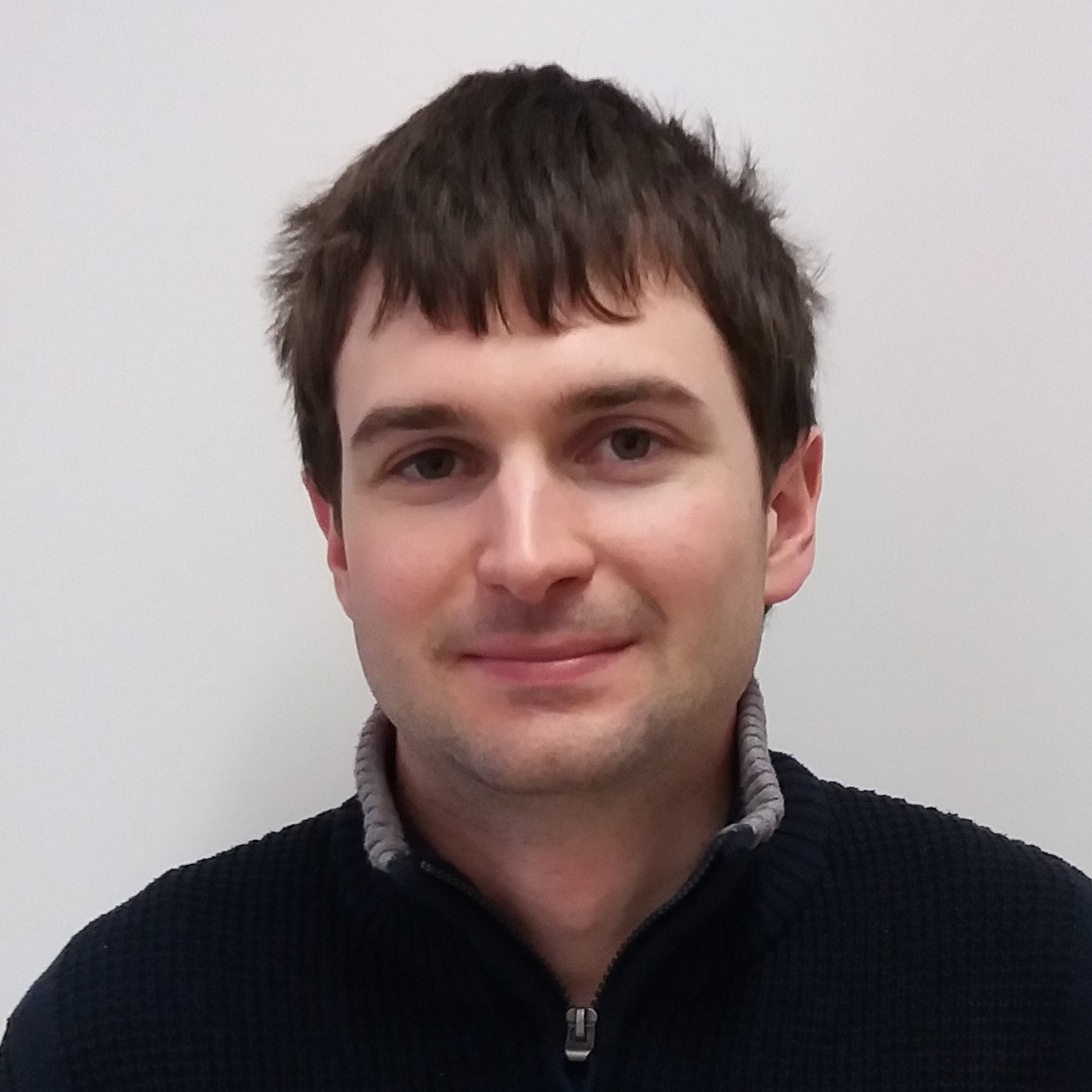Contact
| Name | Peter Roch |
|---|---|
| Position | Researcher |
| Phone | +49-201-183-6370 |
| Fax | +49-201-183-4176 |
| peter.roch@uni-due.de | |
| Address | Schützenbahn 70 Building SA 45127 Essen |
| Room | SA-118 |

Research Interest
Robotics
Computer Vision
Electric vehicle navigation
Education
Master of Science – Universität Duisburg-Essen, Studiengang: Software and Network Engineering, 2019
Bachelor of Science – Universität Duisburg-Essen, Studiengang: Angewandte Informatik – Systems Engineering, 2017
Publications
2021 |
Bijan Shahbaz Nejad, Peter Roch, Marcus Handte, Pedro José Marrón: Evaluating User Interfaces for a Driver Guidance System to Support Stationary Wireless Charging of Electric Vehicles. In: Bebis, George, Athitsos, Vassilis, Yan, Tong, Lau, Manfred, Li, Frederick, Shi, Conglei, Yuan, Xiaoru, Mousas, Christos, Bruder, Gerd (Ed.): Advances in Visual Computing, pp. 183–196, Springer International Publishing, 2021, ISBN: 978-3-030-90439-5. (Type: Proceedings Article | Links)@inproceedings{10.1007/978-3-030-90439-5_15, |
2020 |
Peter Roch, Bijan Shahbaz Nejad, Marcus Handte, Pedro José Marrón: Systematic Optimization of Image Processing Pipelines Using GPUs. In: Bebis, George, Yin, Zhaozheng, Kim, Edward, Bender, Jan, Subr, Kartic, Kwon, Bum Chul, Zhao, Jian, Kalkofen, Denis, Baciu, George (Ed.): Advances in Visual Computing, pp. 633–646, Springer International Publishing, Cham, 2020, ISBN: 978-3-030-64559-5. (Type: Proceedings Article | Abstract | Links)@inproceedings{image-processing-pipeline-optimization,Real-time computer vision systems require fast and efficient image processing pipelines. Experiments have shown that GPUs are highly suited for image processing operations, since many tasks can be processed in parallel. However, calling GPU-accelerated functions requires uploading the input parameters to the GPU's memory, calling the function itself, and downloading the result afterwards. In addition, since not all functions benefit from an increase in parallelism, many pipelines cannot be implemented exclusively using GPU functions. As a result, the optimization of pipelines requires a careful analysis of the achievable function speedup and the cost of copying data. In this paper, we first define a mathematical model to estimate the performance of an image processing pipeline. Thereafter, we present a number of micro-benchmarks gathered using OpenCV which we use to validate the model and which quantify the cost and benefits for different classes of functions. Our experiments show that comparing the function speedup without considering the time for copying can overestimate the achievable performance gain of GPU acceleration by a factor of two. Finally, we present a tool that analyzes the possible combinations of CPU and GPU function implementations for a given pipeline and computes the most efficient composition. By using the tool on their target hardware, developers can easily apply our model to optimize their application performance systematically. |
Bijan Shahbaz Nejad, Peter Roch, Marcus Handte, Pedro José Marrón: A Driver Guidance System to Support the Stationary Wireless Charging of Electric Vehicles. In: Bebis, George, Yin, Zhaozheng, Kim, Edward, Bender, Jan, Subr, Kartic, Kwon, Chul Bum, Zhao, Jian, Kalkofen, Denis, Baciu, George (Ed.): Advances in Visual Computing, pp. 319–331, Springer International Publishing, Cham, 2020, ISBN: 978-3-030-64559-5. (Type: Proceedings Article | Abstract | Links)@inproceedings{driver-guidance-system,Air pollution is a problem in many cities. Although it is possible to mitigate this problem by replacing combustion with electric engines, at the time of writing, electric vehicles are still a rarity in European cities. Reasons for not buying an electric vehicle are not only the high purchase costs but also the uncomfortable initiation of the charging process. A more convenient alternative is wireless charging, which is enabled by integrating an induction plate into the floor and installing a charging interface at the vehicle. To maximize efficiency, the vehicle’s charging interface must be positioned accurately above the induction plate which is integrated into the floor. Since the driver cannot perceive the region below the vehicle, it is difficult to precisely align the position of the charging interface by maneuvering the vehicle. In this paper, we first discuss the requirements for driver guidance systems that help drivers to accurately position their vehicle and thus, enables them to maximize the charging efficiency. Thereafter, we present a prototypical implementation of such a system. To minimize the deployment cost for charging station operators, our prototype uses an inexpensive off-the-shelf camera system to localize the vehicles that are approaching the station. To simplify the retrofitting of existing vehicles, the prototype uses a smartphone app to generate navigation visualizations. To validate the approach, we present experiments indicating that, despite its low cost, the prototype can technically achieve the necessary precision. |
Alexander Julian Golkowski, Marcus Handte, Peter Roch, Pedro José Marrón: Quantifying the Impact of the Physical Setup of Stereo Camera Systems on Distance Estimations. In: 2020 Fourth IEEE International Conference on Robotic Computing (IRC), pp. 210-217, 2020. (Type: Proceedings Article | Abstract | Links)@inproceedings{9287891,The ability to perceive the environment accuratelyis a core requirement for autonomous navigation. In the past,researchers and practitioners have explored a broad spectrumof sensors that can be used to detect obstacles or to recognizenavigation targets. Due to their low hardware cost and highfidelity, stereo camera systems are often considered to be aparticularly versatile sensing technology. Consequently, there hasbeen a lot of work on integrating them into mobile robots.However, the existing literature focuses on presenting theconcepts and algorithms used to implement the desired robotfunctions on top of a given camera setup. As a result, the rationaleand impact of choosing this camera setup are usually neitherdiscussed nor described. Thus, when designing the stereo camerasystem for a mobile robot, there is not much general guidancebeyond isolated setups that worked for a specific robot.To close the gap, this paper studies the impact of the physicalsetup of a stereo camera system in indoor environments. To dothis, we present the results of an experimental analysis in whichwe use a given software setup to estimate the distance to anobject while systematically changing the camera setup. Thereby,we vary the three main parameters of the physical camerasetup, namely the angle and distance between the cameras aswell as the field of view. Based on the results, we derive severalguidelines on how to choose the parameters for an application. |